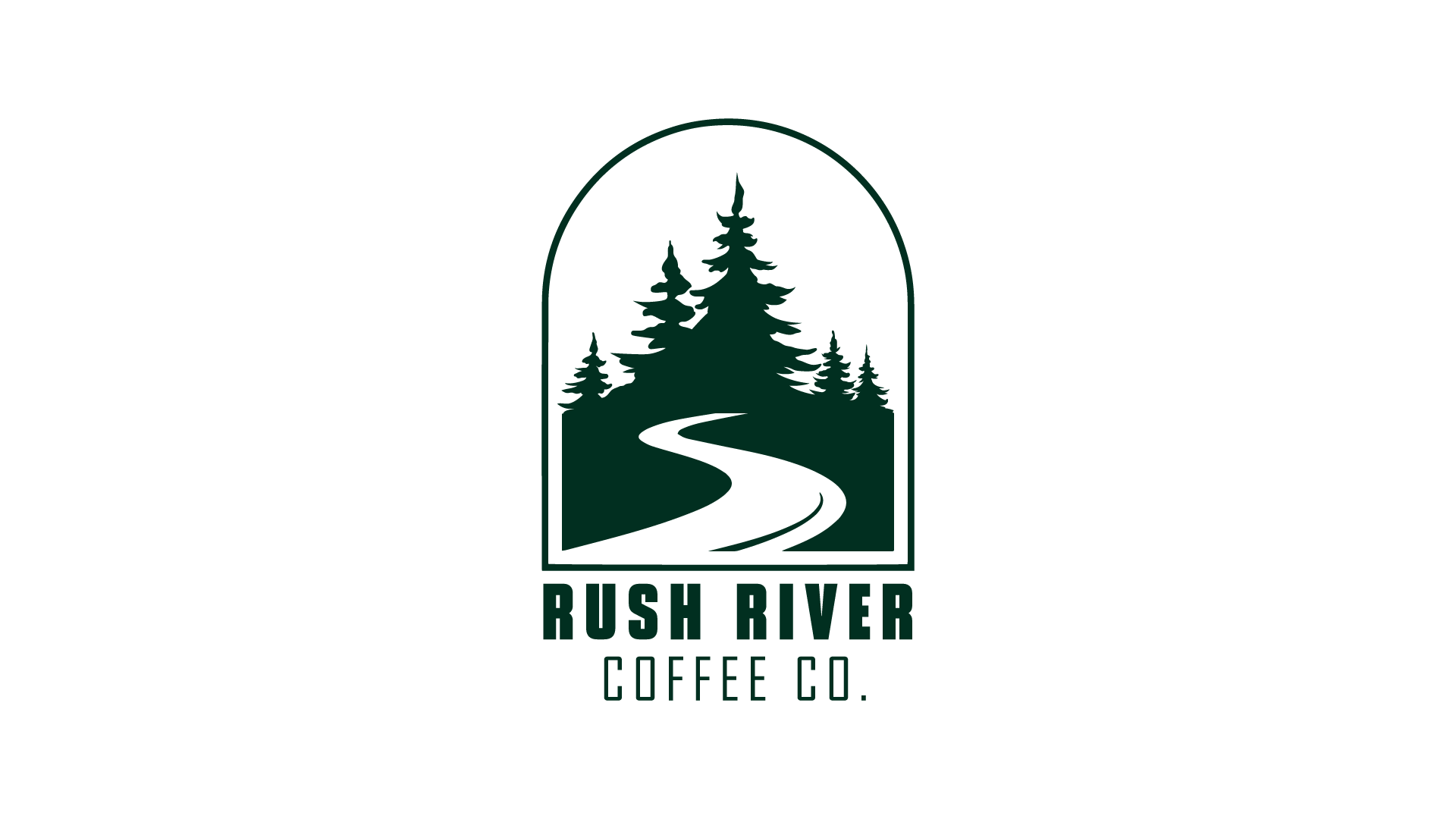How To Get The Correct Grind Size

Finding the correct grind size for your pour-over coffee is crucial for achieving the optimal extraction and flavor profile. Here are some tips to help you dial in the right grind size:
1. Understanding the Role of Grind Size:
The grind size directly impacts the rate of extraction during the brewing process. Finer grinds lead to increased surface area and faster extraction, while coarser grinds slow down the extraction process. For pour-over coffee, a medium-coarse grind is generally recommended to balance the extraction time and flavor clarity.
2. Consistency is Key:
Ensure that your grinder produces a consistent grind size. Inconsistent particle sizes can lead to over-extraction of finer particles and under-extraction of coarser ones, resulting in an unbalanced brew. A burr grinder is ideal for achieving a uniform grind, as it crushes the coffee beans between two abrasive surfaces to produce evenly sized particles.
3. Initial Grind Size Setting:
Start with a medium-coarse grind setting on your grinder, similar to the grind size of sea salt. This initial setting will serve as a baseline for your experimentation. If your grinder has numbered or labeled settings, look for a setting that corresponds to a medium-coarse grind.
4. Brew Time and Flavor Profile:
Pay attention to the brew time and flavor profile of your coffee. If your coffee brews too quickly and tastes weak or sour, it could indicate that the grind is too coarse. On the other hand, if the brew time is excessively long and the coffee tastes bitter, the grind might be too fine. Adjust the grind size accordingly based on these indicators.
5. Conduct Grind Size Experiments:
Engage in a series of grind size experiments to determine the optimal setting for your pour-over coffee. Make small and incremental adjustments to the grind size, brew a sample batch, and evaluate the results. Keep detailed notes about the grind size adjustments and their corresponding brew characteristics.
6. Extraction and Clarity:
Observe the extraction process as you brew. A well-balanced extraction will result in a clear, flavorful cup of coffee. If the coffee is overly cloudy or has an intense bitter taste, the grind may be too fine. Conversely, if the coffee lacks body and depth of flavor, the grind may be too coarse.
7. Adjusting Grind Size Based on Brew Characteristics:
Take note of how the changes in grind size affect the brew characteristics. If you experience over-extraction (bitterness, astringency) with a fine grind, consider coarsening the grind to slow down the extraction. Conversely, if under-extraction (sourness, lack of sweetness) is observed with a coarse grind, consider a finer setting to increase the extraction rate.
8. Patience and Iteration:
Finding the perfect grind size is a process that requires patience and iteration. It's essential to approach the grind size adjustment as a series of incremental changes rather than large leaps. Keep refining the grind size until you achieve a balanced and flavorful cup of pour-over coffee.
9. Seek Guidance from Coffee Experts:
If you're still struggling to find the right grind size, consider seeking guidance from coffee professionals, local baristas, or coffee enthusiasts. They may offer valuable insights and recommendations based on their experience and expertise with pour-over brewing.
10. Keep Records and Fine-Tune:
Maintain a brewing log where you record the specific grind settings, brew times, and flavor characteristics. This documentation will help you track your progress and fine-tune your grind size to consistently produce exceptional pour-over coffee.
By implementing these tips and engaging in a deliberate process of experimentation and observation, you can identify the ideal grind size that enhances the flavors and aromas of your pour-over coffee, resulting in a delightful and satisfying brew.

